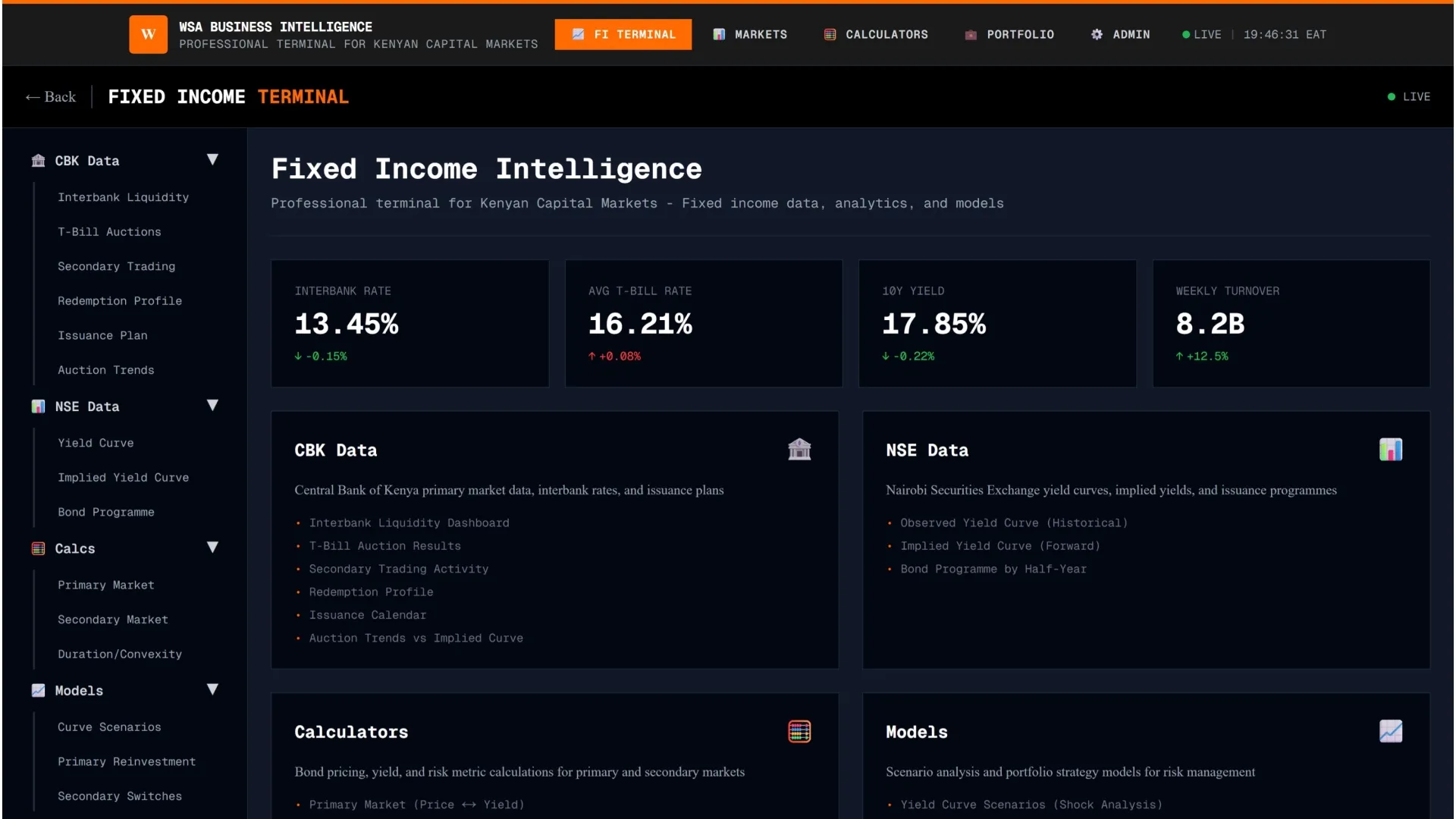Kenya is working to consolidate its finances by limiting expenditure and raising revenue. The government aims to boost the amount of revenue and grants to 18.2% of the GDP by 2023, from 17.3% in 2020. According to Citi, the goal is attainable because Kenya is “only seeking to return revenue collections to historical levels, which it has fallen off in recent years”.
The country is under pressure from the International Monetary Fund to curb spending and boost revenue collection in an effort to trim the public debt which stands at over KSh7.35 trillion. Under the IMF programme, Kenya is projected to receive roughly $450 million in grants every year starting from the fiscal year 2021/22.
The international financial institution asked Kenya to tackle ‘weaknesses in some state owned enterprises’ as part of the loan agreement. Citi researchers expect government’s action in addressing weaknesses in state corporations to have an impact on Kenya’s fiscal and debt positions.
The Kenya government plans to cut the fiscal gap to 5.1% of the GDP in 2023, from the current level of 8.1% of GDP. “In Kenya, the plan is to hold spending quite tightly in the coming years with it only picking up towards 2023,” Citi Research notes. Major African economies like Nigeria, South Africa, and Ghana have fiscal deficits of 3.6%, 14% and 8.7% of GDP respectively in the current fiscal year.
Analyst at Citi expect Kenya to face difficulties in limiting expenditure as it approaches the elections period in August 2022. “….it could be argued that holding down spending may be difficult as the political temperature rises in the coming year,” says a report by Citi.
Also read: Kenya’s Fiscal Deficit to Hit KSh 1 Trillion in 2021




